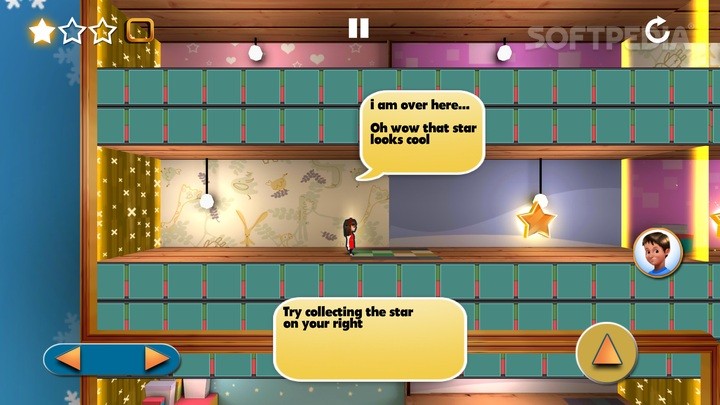


My sudden shift in mood seemed to match that of the documentary. From the left, my father Ivor, my brother Ian, myself, my brother Morgan and my mother Susan. My family at our b'nai mitzvah ceremony (b'nai is plural for bar). Bobby, Eddy and David obviously loved each other, but they had missed out on 18 years of mutual memories and family bonding. How privileged I was to grow up a triplet, and not just become one overnight. People would come from all over just to party with the brothers, they said - "like a big bar mitzvah."Īt this point, I remembered my real "big bar mitzvah" - an unforgettable triple feature with a three-ring circus-themed party - and my smile suddenly faded. They even found financial success as restaurateurs, running a rowdy SoHo steakhouse called, of course, Triplets.

The trio took advantage of their notoriety by moving to New York City, and spent their young adulthoods living it up in the 1980’s club scene. Ian is on the left, I'm in the middle and Morgan is on the right. (Not sure what this looks like? See photo below.) My brothers and I wrestling on the floor. Even as adults, these triplets did the same stuff my brothers and I did as children - what my mom likes to call "brothering.” They shared beds with each other they hurled around jokes and insults (always behind smiles) they even roughhoused “like puppies wrestling on the floor,” recalled a family member. As a family member described in the documentary, it was immediately clear “they belonged to each other.”Īs a triplet myself, I couldn’t help but smile as I saw the brothers’ lively antics on screen. Their heartwarming story became a viral sensation, launching the brothers into talk show circuit fame. Born July 12, 1961, these triplets who were separated at birth and reunited after 19 years are now the topic of the documentary "Three Identical Strangers." David Kellman, who had come across their peculiar story in the newspaper, shared the same “big meaty hands” as the twins - not to mention the same birthday and adoption agency. They decide to give the doppelgänger a call.īobby asks if he is speaking to Eddy. He hears his own voice reply "yes."Īs if long-lost twins weren’t spectacular enough, the brothers were soon contacted by another curly-haired adopted Jewish teen from New York. A bewildered friend of Eddy’s convinces Bobby, who was adopted as a baby, he may be related to the much-loved dropout. He is instantly mistaken for a popular look-alike named Eddy, who had dropped out the year prior, and greeted with high-fives and kisses from complete strangers. The documentary begins like a real-life version of "The Parent Trap." The year is 1980, and Bobby Shafran, a wary freshman and self-proclaimed nobody, rolls up to Sullivan County Community College for his first semester. The triplets Edward Galland, David Kellman and Robert Shafran are now the subject of "Three Identical Strangers." (Courtesy NEON) This article is more than 4 years old.Įditor's Note: This essay includes some information about "Three Identical Strangers" that is not revealed until late in the documentary.


 0 kommentar(er)
0 kommentar(er)
